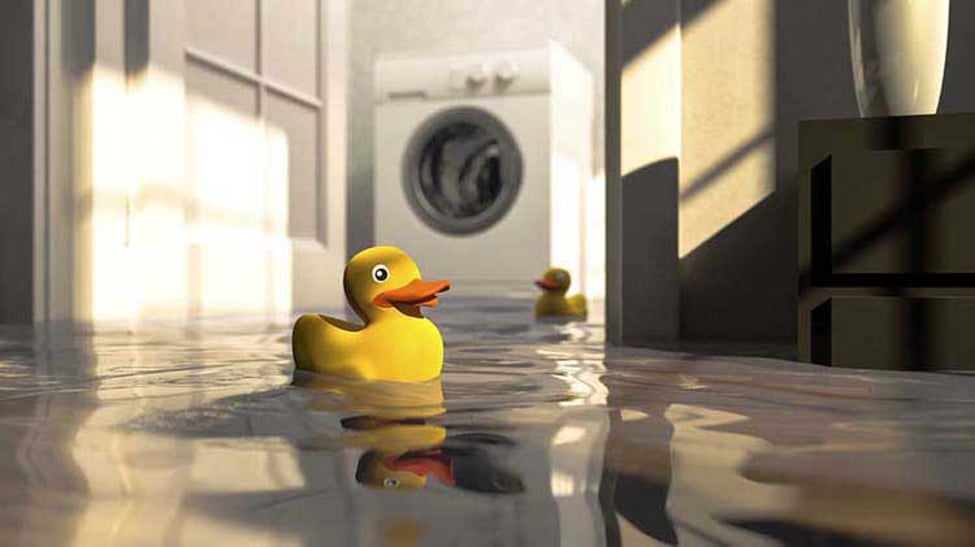Discovering a flooded basement is a homeowner's nightmare, but swift action can mitigate damage and ensure your safety. Here’s a comprehensive guide on what to do when faced with this challenging situation:
1. Ensure Safety First: Before entering a flooded basement, prioritize safety. Turn off the electricity at the main breaker to avoid the risk of electrocution. If you're unsure about electrical safety, contact a professional electrician immediately.
2. Identify and Address the Source: Determine the cause of the flooding, whether it’s heavy rain, burst pipes, sewer backups, or groundwater seepage. Addressing the source promptly is crucial to prevent further water damage.
3. Remove Standing Water: Use a pump, wet-dry vacuum, or even buckets to remove standing water from the basement. Start from the lowest point of the room and work towards the exit. Dispose of water away from the foundation to prevent re-entry.
4. Enhance Ventilation: Open windows and use fans to increase air circulation. This helps in drying out the basement and reduces the risk of mold and mildew growth.
5. Assess and Salvage: Inspect walls, floors, and belongings for damage. Salvage items that are minimally affected and remove severely damaged materials promptly to prevent mold growth.
6. Clean and Disinfect: Thoroughly clean all surfaces with a disinfectant solution to eliminate bacteria and contaminants. Use protective gear, such as gloves and masks, especially when dealing with contaminated water.
7. Inspect Utilities: Check HVAC systems, electrical connections, and plumbing for damage. Do not use any appliances or utilities until they have been inspected and deemed safe by professionals.
8. Prevent Future Incidents: Take steps to waterproof your basement, such as sealing cracks in walls and floors, installing a sump pump, or improving drainage around your home to divert water away from the foundation.
9. Document for Insurance: Document the damage with detailed photographs and videos for insurance claims. Keep records of all expenses related to cleanup and repairs.
10. Seek Professional Help: If the damage is extensive or you're uncertain about handling the cleanup, contact water damage restoration professionals. They have the expertise, equipment, and resources to effectively manage the cleanup and restoration process.
Taking immediate action and following these steps can significantly reduce the impact of a flooded basement on your home and belongings. Remember, swift and thorough response is key to restoring your home to its pre-flood condition and preventing long-term issues like mold growth and structural damage.

